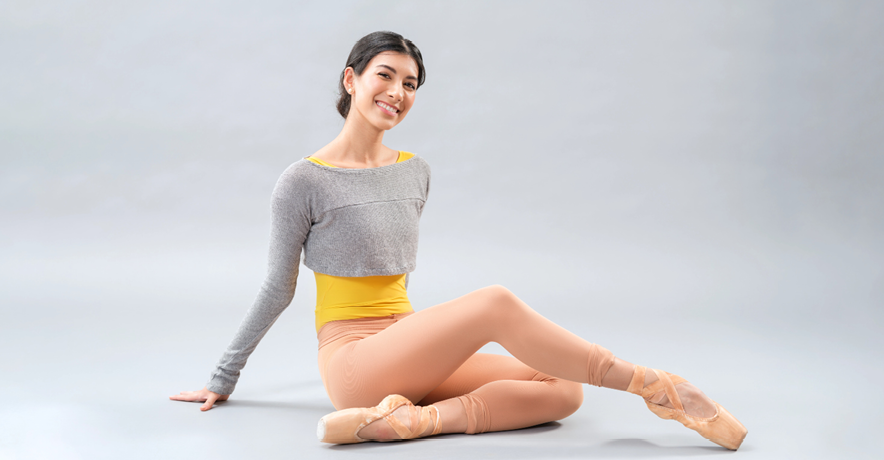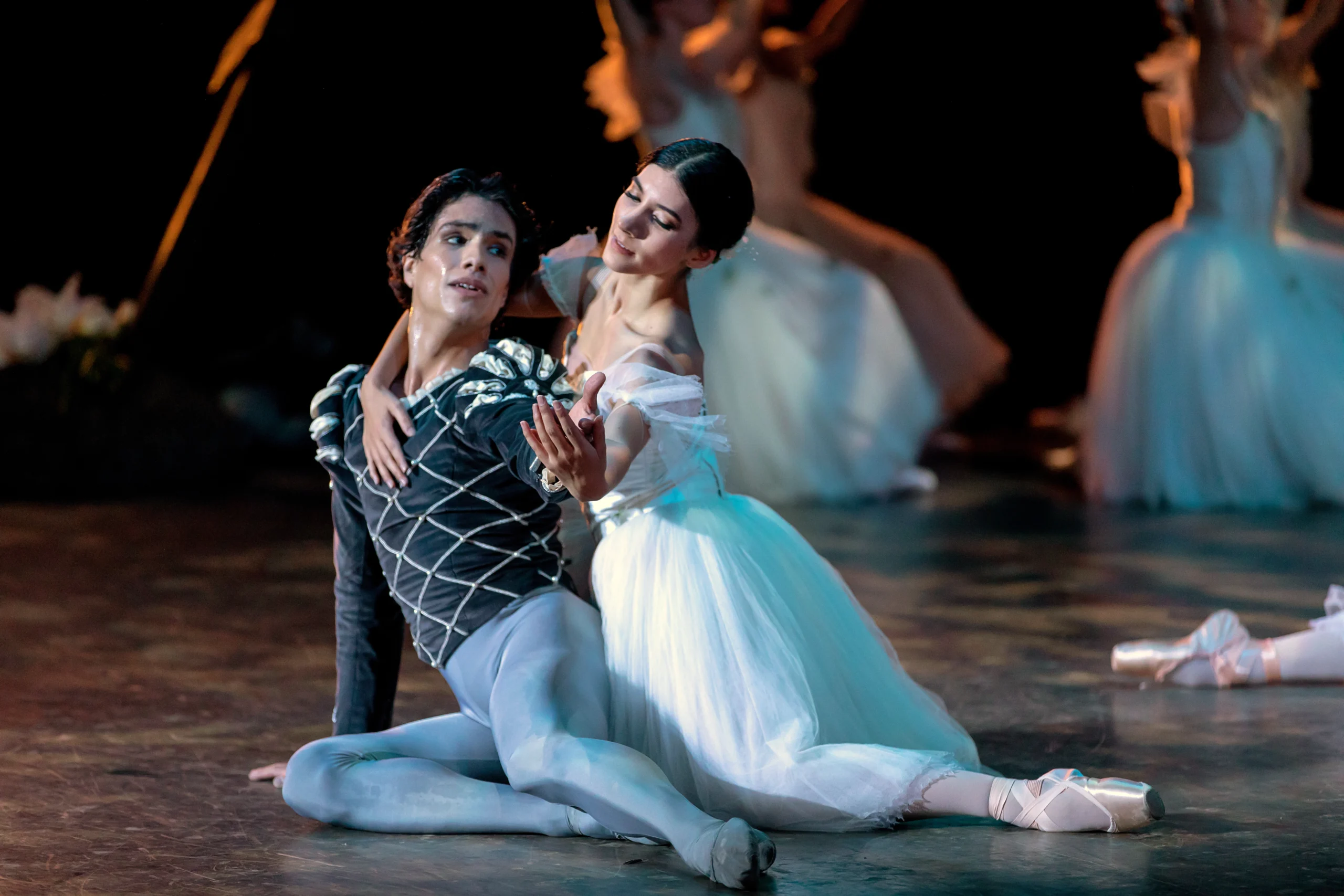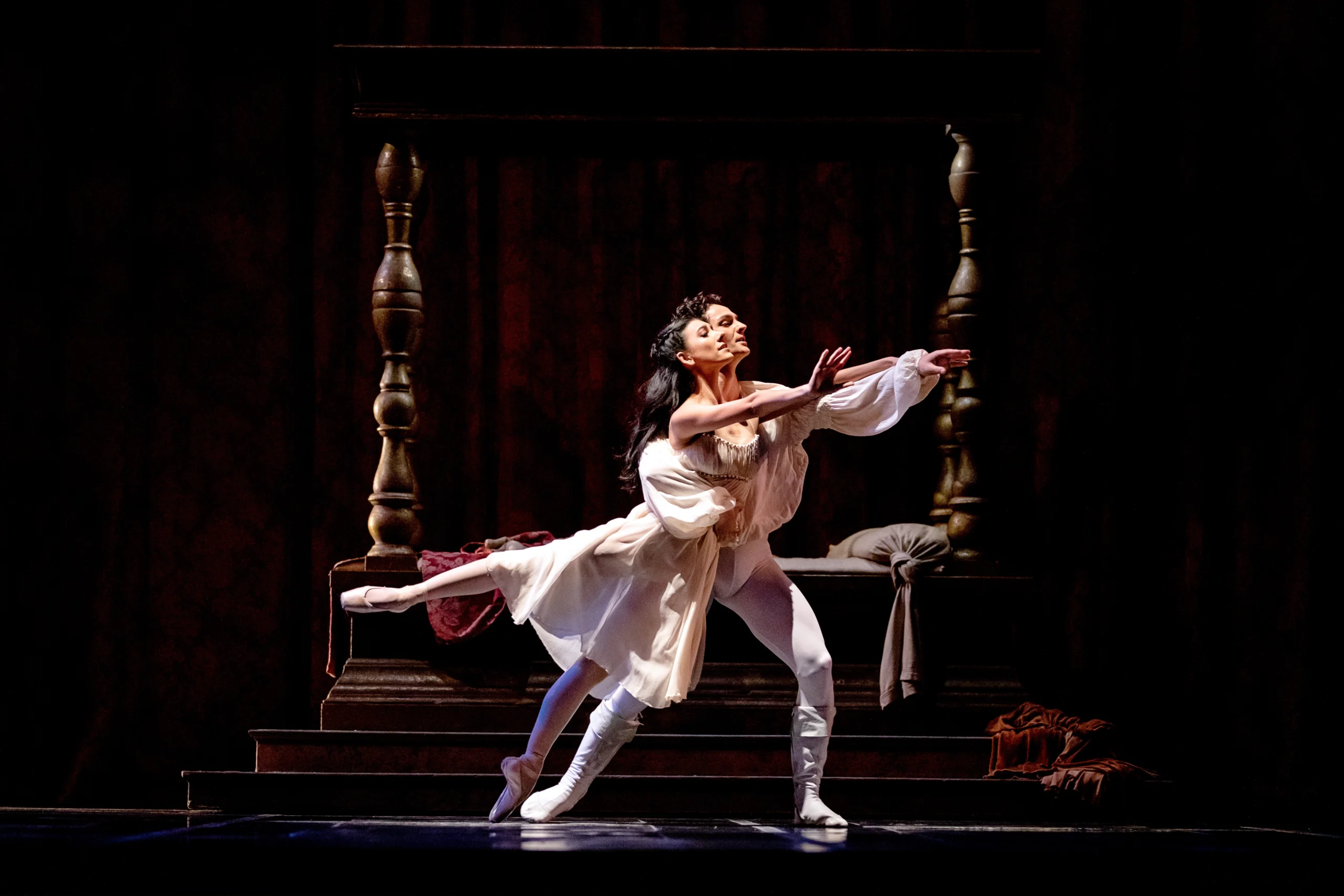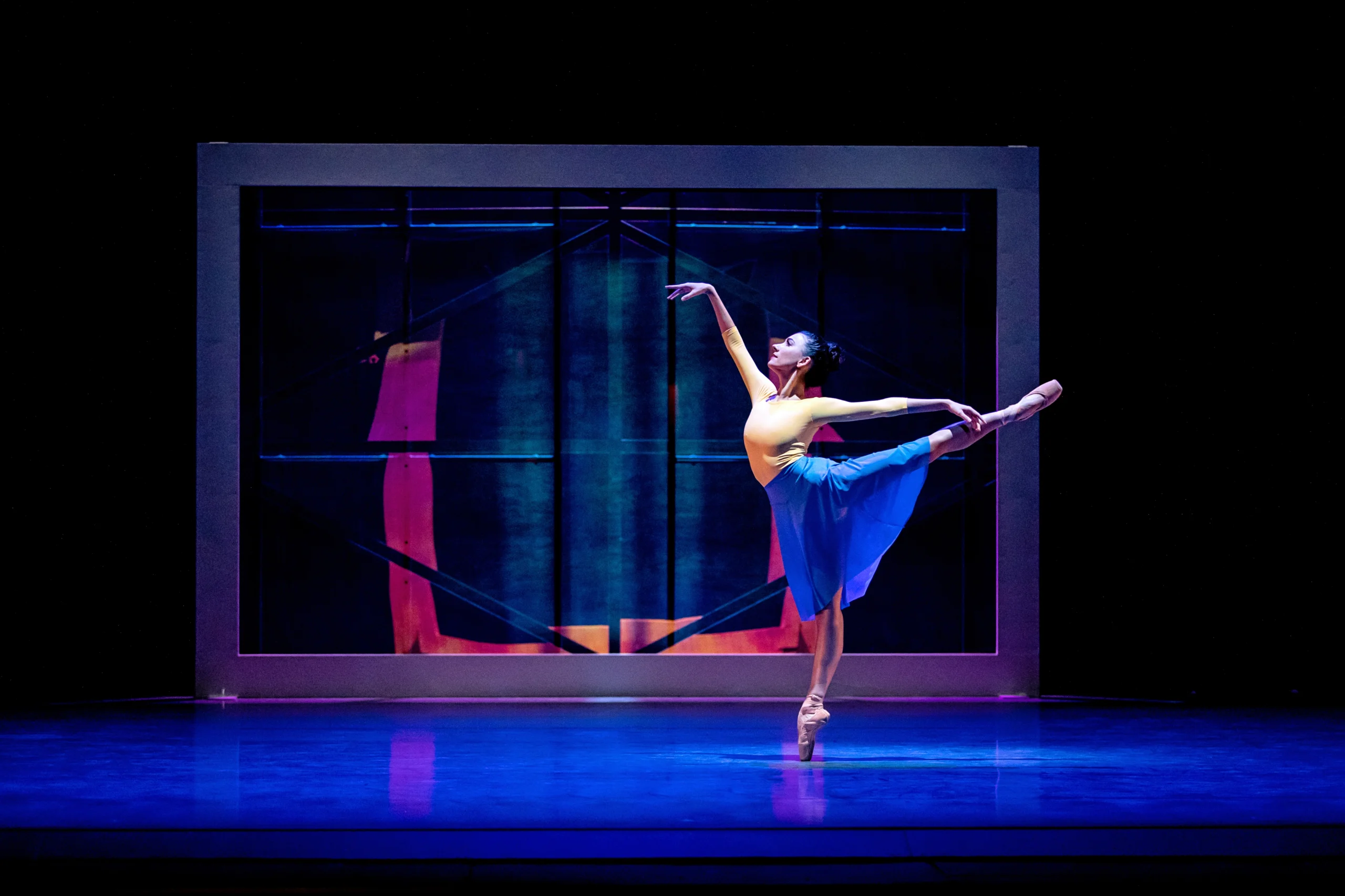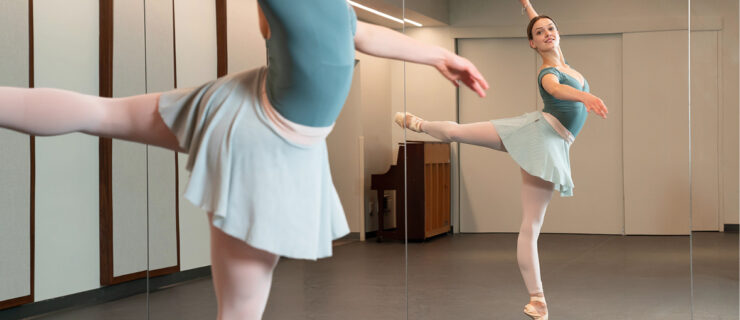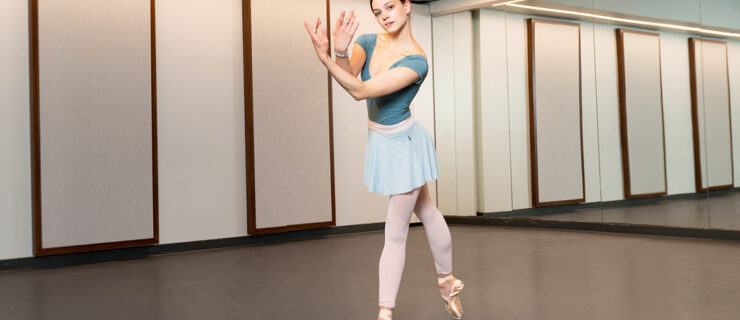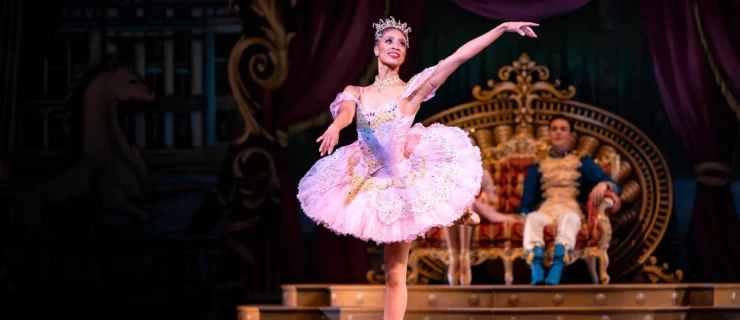Jasmine Jimison Takes Flight at San Francisco Ballet
On a chilly day last October, Jasmine Jimison arrived at the San Francisco Ballet studios to start her third week of understudying Giselle. As a second-year soloist, she was content to rehearse at the back of the room and eager to learn the role. Little did she foresee that it would soon elevate her from understudy to rising star. “That’s how it works in this career—expect the unexpected,” says Jimison, 21, with characteristic levelheadedness.
As it happened, principal dancer Esteban Hernández’s partner was ill that week, and Jimison filled in. “I was just excited to have the one-on-one time with the rehearsal directors and Esteban,” she recalls. Chance intervened again shortly before Giselle’s February opening this year, when an injury sidelined Hernández’s partner for the season and artistic director Tamara Rojo cast Jimison, who had never performed a lead role, in her place.
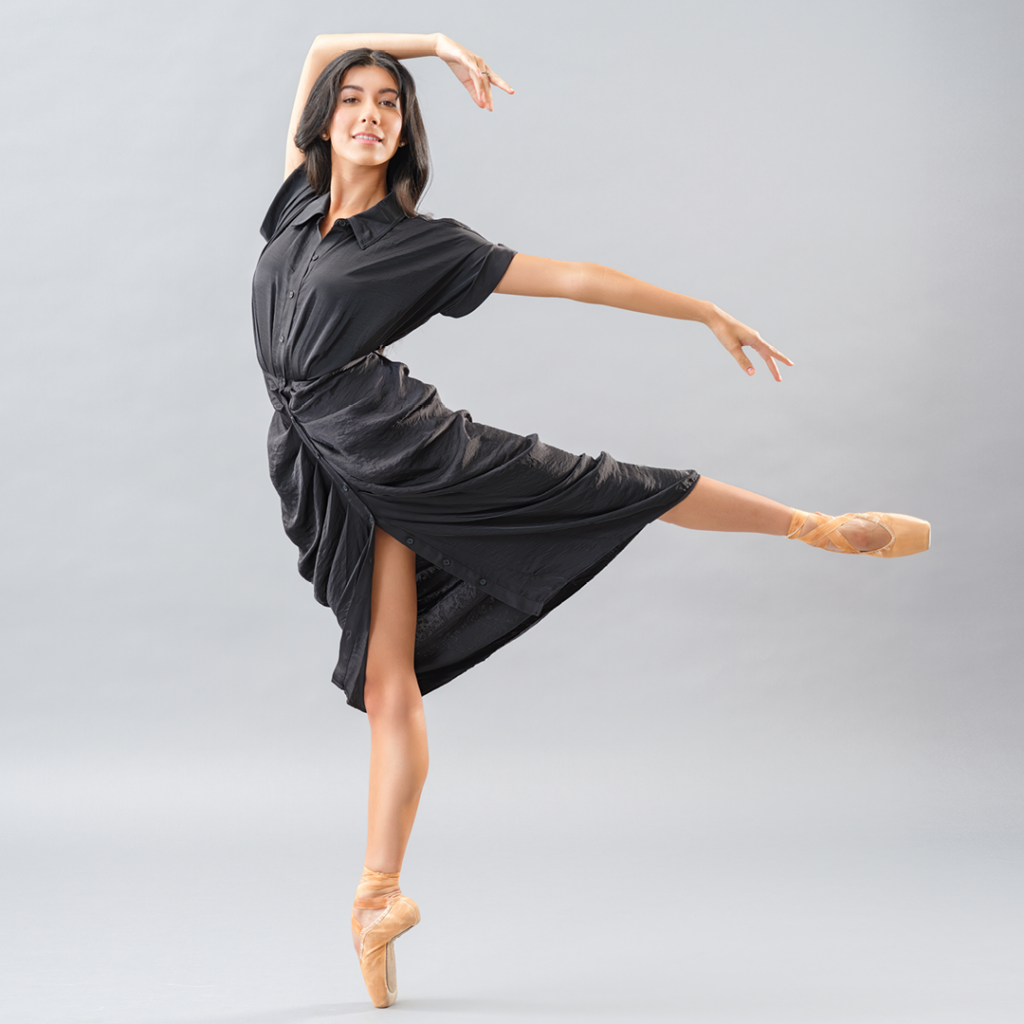
Rojo had taken the helm from Helgi Tomasson only a few months before. “With a new director coming in, you don’t know what they’ll be like or whether they’ll like you. I was nervous about whether Tamara would appreciate what I bring,” says Jimison, who joined SFB’s corps in 2019. But she was already on Rojo’s short list. “Jasmine has a great natural instinct for developing characters,” Rojo says. “She has the potential to be a great dramatic ballerina as she matures as an artist.”
Fortune favors the bold, so Jimison dove in. “I didn’t have time to think about being nervous,” she says. “I was just work, work, work.” Rojo’s coaching boosted her confidence. “She encouraged me to be myself,” Jimison recalls. “She didn’t want to lean into the ‘damsel in distress’ role. She’s like, ‘Don’t be timid. Don’t be frail.’ I loved feeling empowered by another strong woman.”
The critics raved about Jimison and Hernández’s Saturday matinee debut, describing their partnership as “outstanding” and Jimison’s Act II as “a triumph.” The occasion was even more remarkable for also being Hernández’s debut in a lead classical role. “I felt really lucky to have that experience with Jasmine,” he says. “She has a really human way of making dance seem natural, as if there was no other way for something to be communicated. The second act felt like there was nothing else but what was happening on the stage in that moment. It was one of the most gratifying experiences that I’ve had as a dancer.”

When the time came to cast Romeo & Juliet in the spring, Rojo conferred with Tomasson. They not only agreed that Jimison was ready to perform Juliet, Rojo recalls, but “we thought she should do opening night.” Jimison was stunned. “When I saw the casting sheet I thought, It must be a typo,” she recalls. The War Memorial Opera House seats over 3,100 people, “and if I think about thousands of people watching me, I tend to get very nervous,” she says. “But if I focus my internal self and don’t think about it, it’s almost a meditation. They’re there, I’m here, they’re not there!” she adds with a laugh.

And this time, Jimison was well-prepared—she had started rehearsing Juliet in 2019 as a corps member; Tomasson had intended for her to debut in the 2020 season, which was sidelined by the pandemic. During the pause, she developed some of the maturity Rojo refers to. “My 17-year-old version wasn’t as well-thought-out, it was more sweet and innocent,” says Jimison. “My Juliet now is still that way, but having that influence from Tamara, and making sure she’s not a victim, that’s the difference.”
By all accounts, Jimison’s opening-night performance, opposite principal dancer Angelo Greco as Romeo, confirmed her as one to watch. “Their connection, the authenticity she has when she dances—she was Juliet,” says Pascal Molat, a former SFB principal and one of her mentors during her training at the SFB School. “It’s been a long time since I’ve seen such a beautiful Romeo & Juliet.”
The words “natural” and “authentic” come up a lot in conversations about Jimison. Yet the self-described “homebody”—who has little interest in social media and would rather read a novel or play with her parents’ goats, Harry and Ron, than go out on the town—is still a bit mystified by the confidence she radiates onstage.
An Unassuming Standout
Growing up in the San Francisco suburb of Menlo Park, Jimison started figure skating at age 4 and took up ballet a year later to enhance her technique; she enjoyed dance so much that she joined the competition team at Menlo Park Academy of Dance. Yet as an introvert, she wondered whether she belonged. “At conventions, the outgoing personalities go to the front and showcase themselves. I would be hanging out in the back,” she says, adding that she still dances in back during company class. But if Jimison is a natural, it’s because she trusts herself. “Over time I realized that I had my own strengths. It’s not one type of personality that is perfect. Everything is valid.”
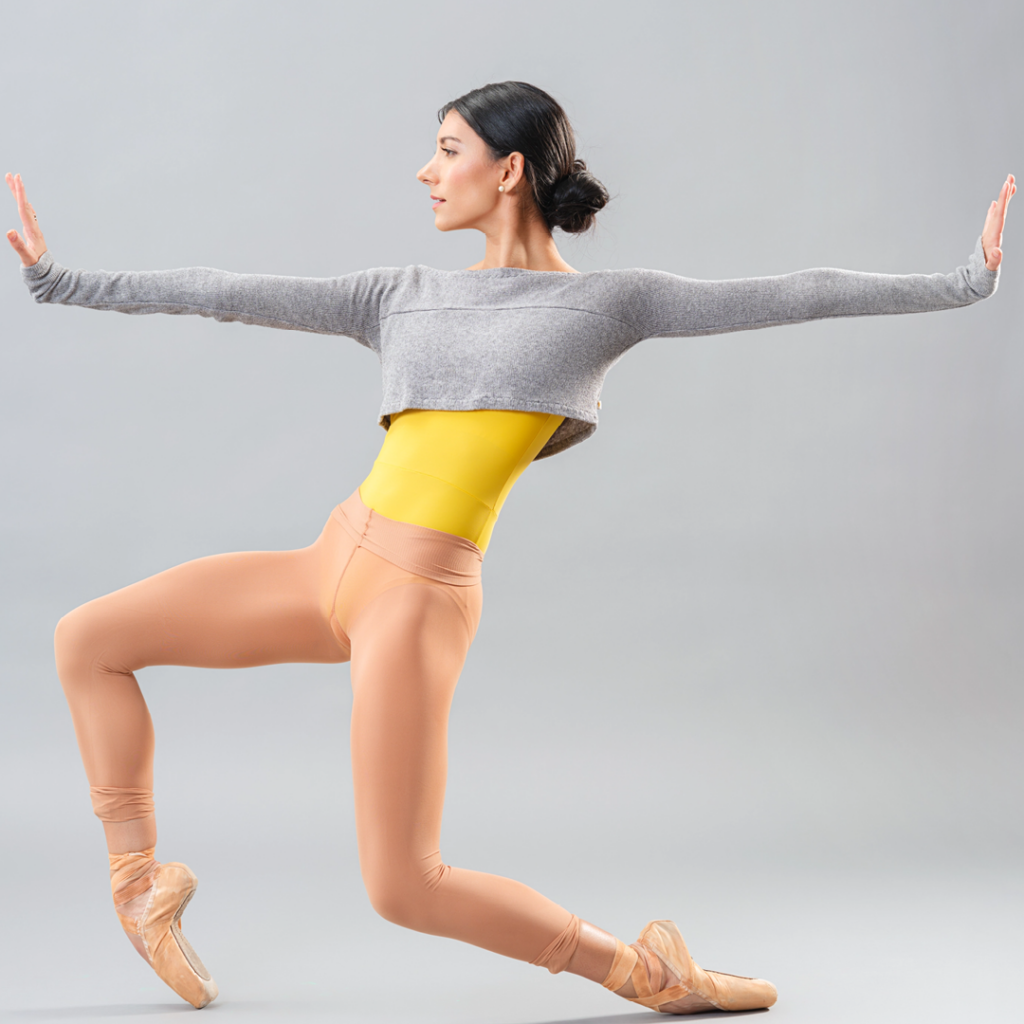
When Jimison turned 10 she gave up both competition dance and skating—“I got tired of falling on my butt all the time!”—in favor of ballet, and she entered SFB School two years later. But not all the dice rolled in her favor: At just 5′ 2″, she worried she was too short. The hypermobility that was an asset in comp dance made her ankles unstable, and because of an autoimmune condition that went undiagnosed until recently, she often felt weak and fatigued. “It’s very difficult to build muscle because my body is attacking itself,” she says. It still affects her endurance and jumps. Her wellness routine includes Pilates, fueling her body with nutritious foods, and rest.
Yet Jimison’s talent, and her willingness to work through challenges, was apparent. “She really stood out,” says Molat. “She was so eager to learn, and you don’t have to say anything twice to her.”
Jimison applied her intelligence and diligence to both homeschooling and ballet; she graduated from high school at 16 and bypassed Level 8 when Tomasson promoted her to apprentice in 2018, when she was just 17. He showcased her immediately, casting her as the Fairy of Playfulness and Princess Florine in The Sleeping Beauty. Seasoned by those early years of competition, including a top-12 finish at the 2014 Youth America Grand Prix national finals, she was game for those high-profile debuts. She also remained calm when her Bluebird partner got injured—and Hernández took his place. “We did one rehearsal,” he recalls. “In the wings, I asked how she was doing. She was like, ‘I feel good.’ I was awestruck by her calmness, her confidence.”

Building Her Repertoire
Tomasson promoted her to the corps midseason, and her resumé began to fill with classical roles like Cupid in Don Quixote and Spring in Christopher Wheeldon’s Cinderella, and contemporary works like Alexei Ratmansky’s Shostakovich Trilogy. But performing with her corps colleagues holds special resonance. “Dancing with all these other women, all doing the same thing, is very powerful,” she says. “Feeling like a group, and not always being alone, was really important to me.”
Then the pandemic struck, and Jimison’s career stalled along with everyone else’s—or seemed to. During SFB’s all-digital 2021 season, she created a role in COLORFORMS, choreographed by Myles Thatcher and filmed outdoors and at San Francisco Museum of Modern Art galleries. Jimison’s joyful, expressive dancing earned her a promotion to soloist shortly after the film’s debut that March. “I wasn’t expecting a promotion because nothing was happening during the pandemic,” she recalls. “Honestly, it was pure joy.”
She expanded her repertoire further in 2022 by taking a brief leave from SFB to be a guest second soloist with Boston Ballet, where she danced in works like William Forsythe’s Blake Works and Claudia Schreier’s Slipstream. SFB’s upcoming season will bring more new opportunities, such as Frederick Ashton’s Marguerite and Armand. She’s also excited about the world premiere of Aszure Barton’s Mere Mortals, the company’s first evening-length ballet by a female choreographer. “Aszure’s movement quality is super-different,” says Jimison, who does not yet know if she’s cast in the piece. “And I love the woman power that is coming into this company.”
Jimison’s mental and physical well-being are as important to her as her artistry, and when asked about her long-term goals she replies simply that “my dream is to have a happy, healthy career, as long as I can.” She’d like to eventually go to college and work in the psychology field, but for the foreseeable future she will keep expecting the unexpected in ballet. “Her potential is very, very big,” Molat says. “She might be surprised by what she can do—the sky is the limit for her.”
